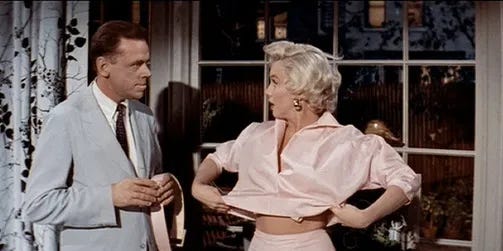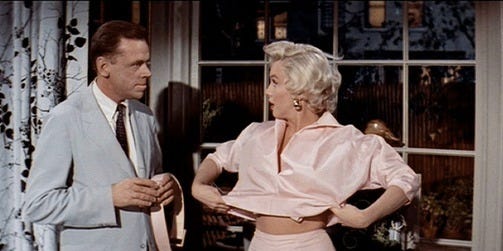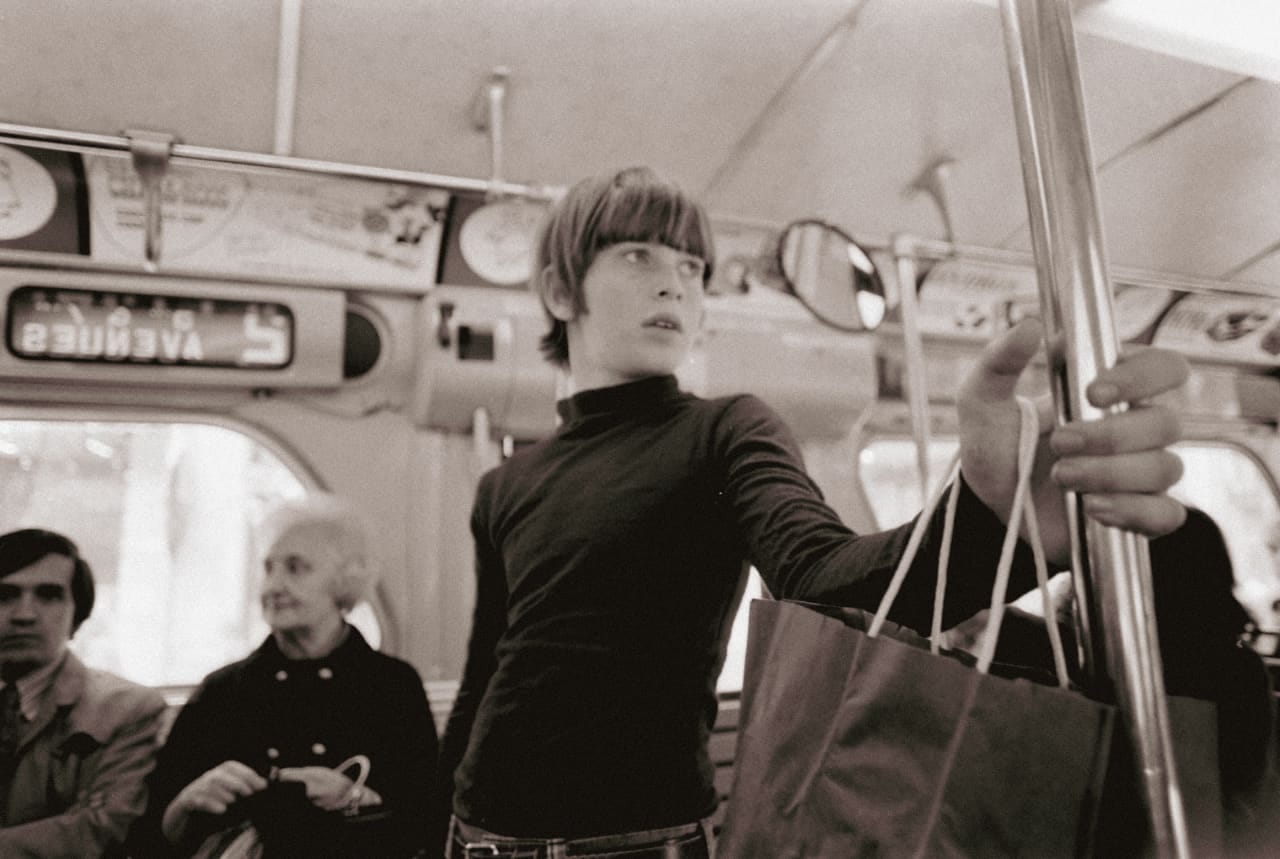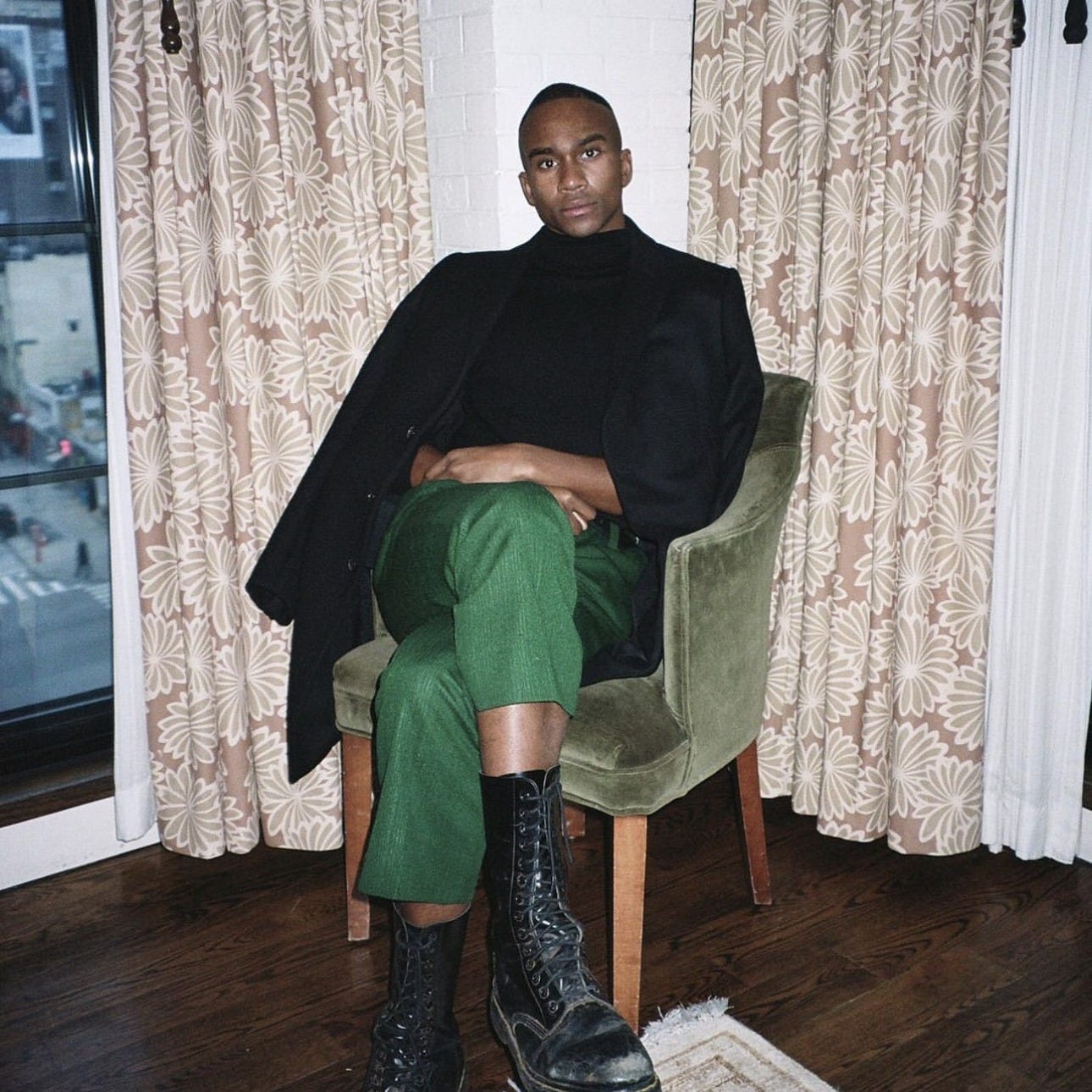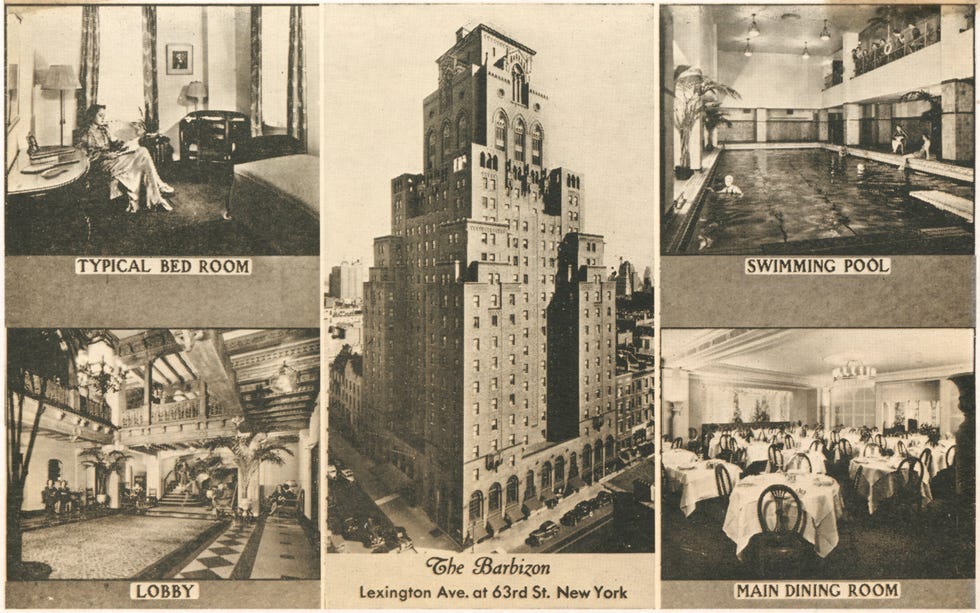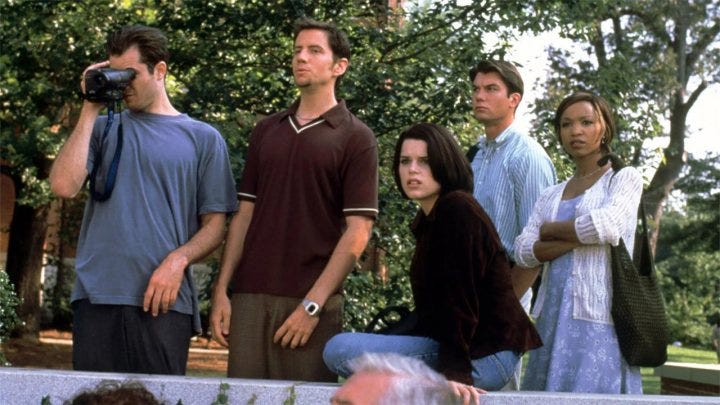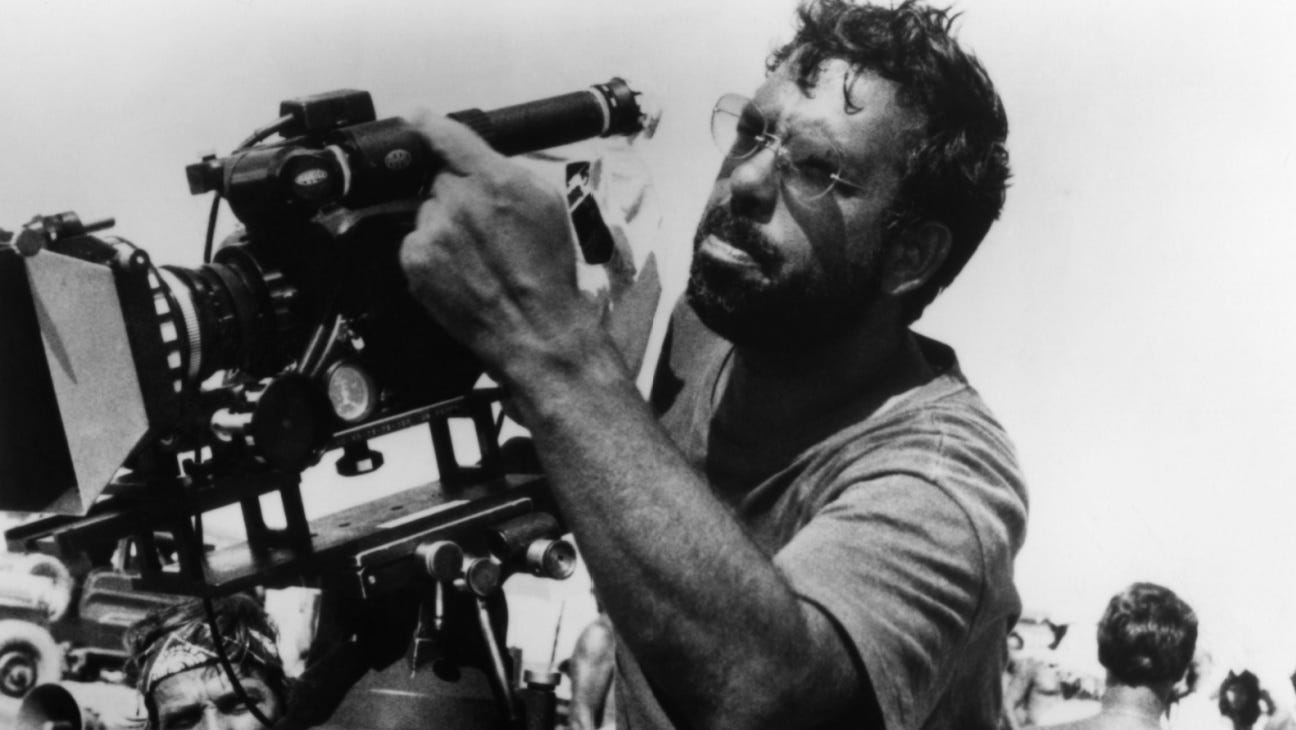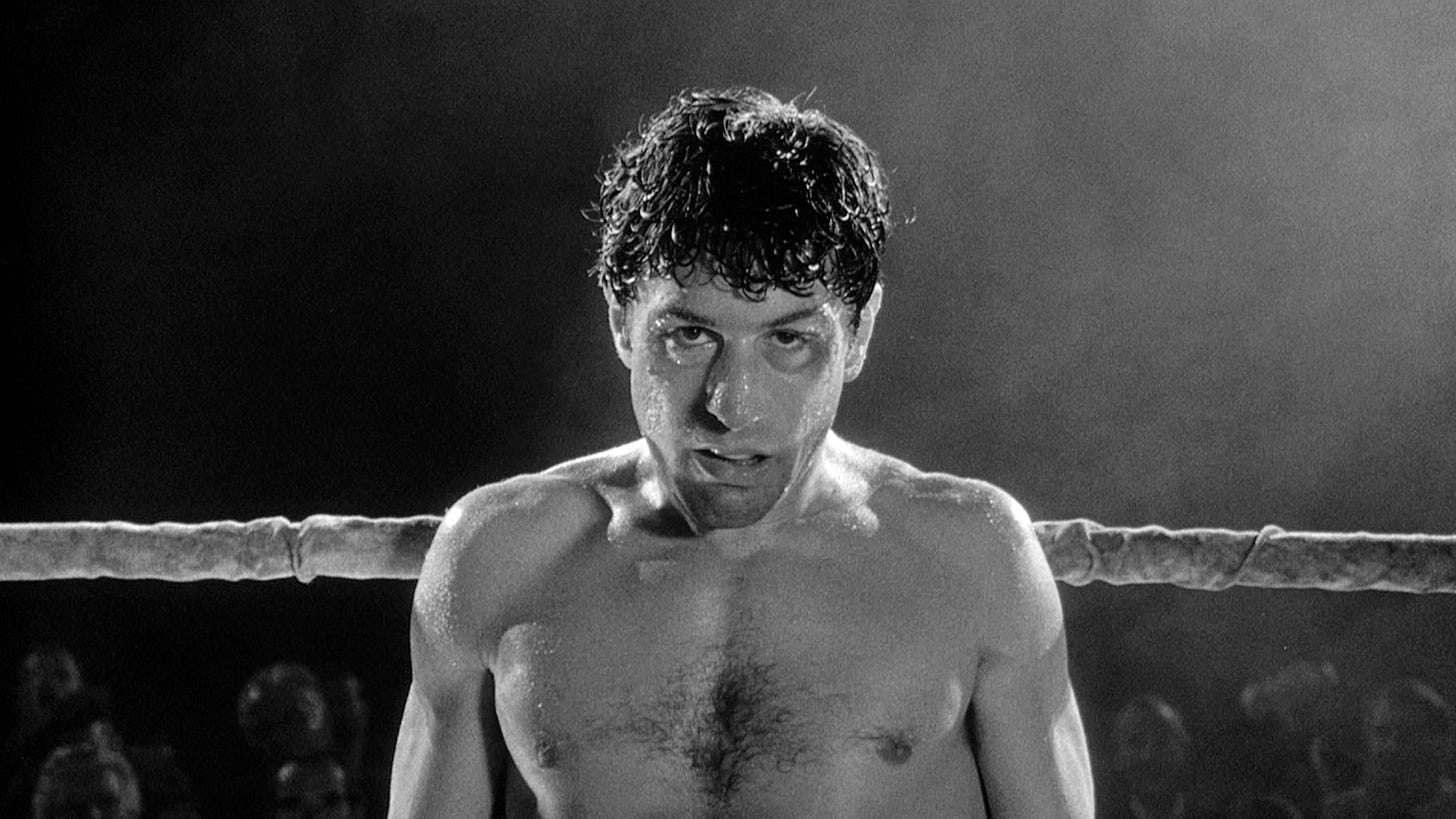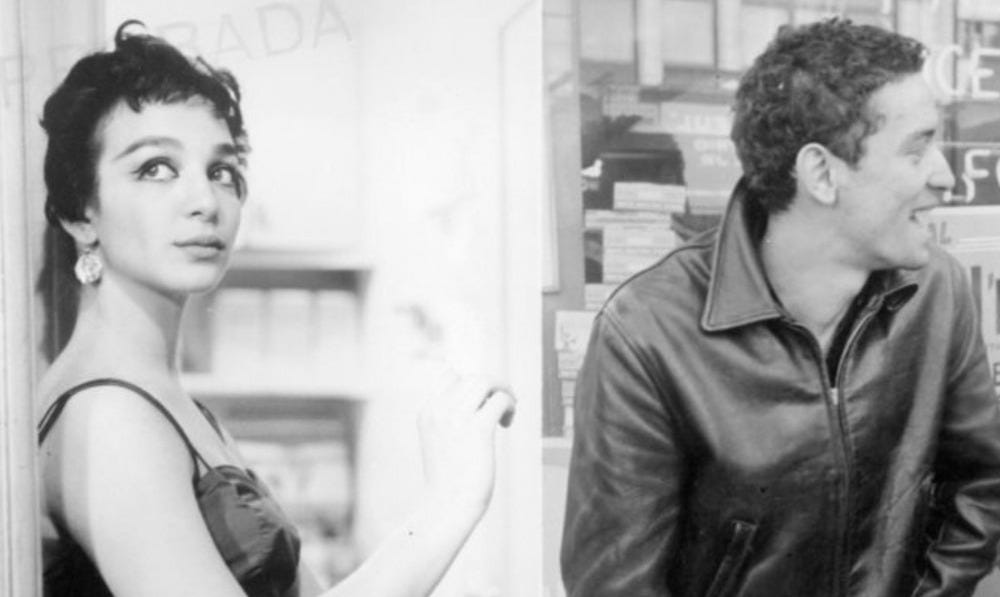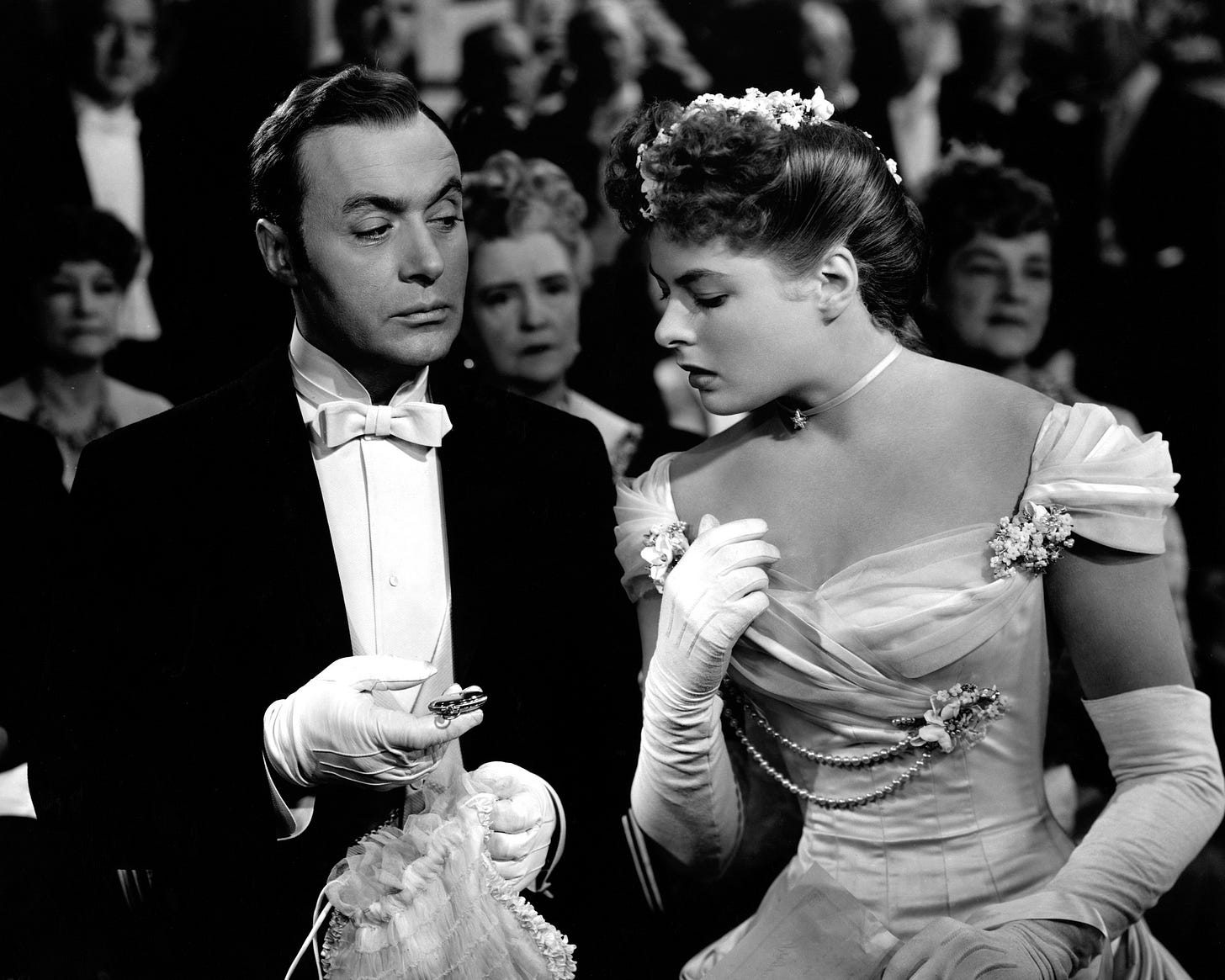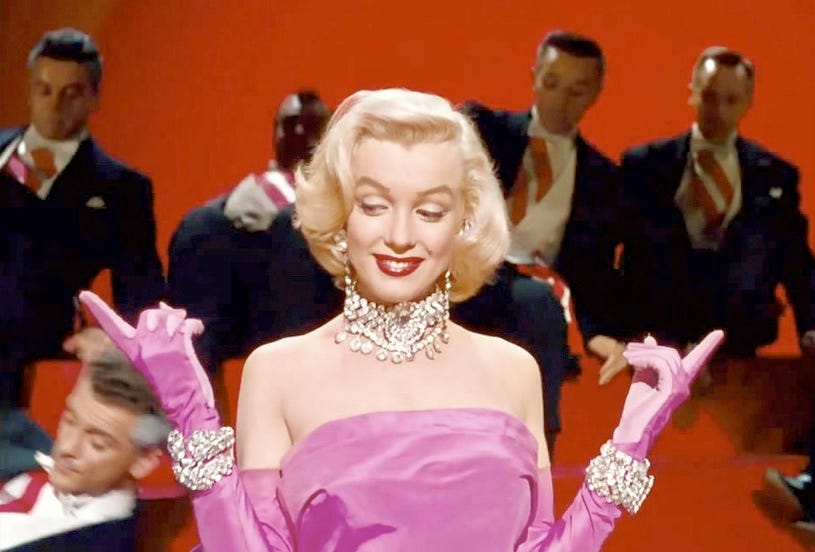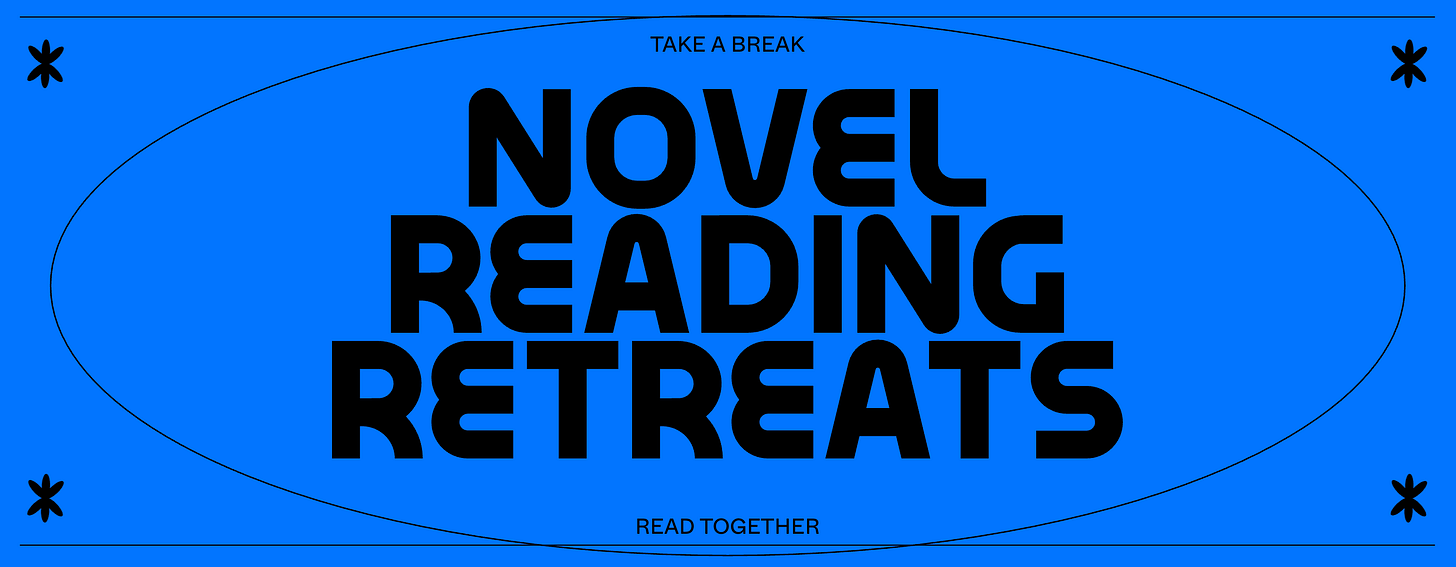Peak humidity, peak summer!
Let’s get into it:
July Book Selections
There’s nothing quite like summer in New York, and this month’s picks distill its inimitable haplessness and humidity.
Happy Hour (2020) by Marlowe Granados and Ex-Wife (1929) by Ursula Parrott fit this vibe to a tee, but, since I recommended both in the May 2024 newsletter, suggestions for this month include:
Playworld by Adam Ross (2025) — One of my favorite reads of the year, from Sewanee Review editor Adam Ross, Playworld (2025) memorializes a year in the life of child actor Griffin Hurt, bubbling to its denouement over a summer split between Manhattan and Long Island. Written from the perspective of Griffin as an adult, it opens with an arresting prologue that reads: “In the fall of 1980, when I was fourteen, a friend of my parents named Naomi Shah fell in love with me. She was thirty-six, a mother of two, and married to a wealthy man. Like so many things that happened to me that year, it didn’t seem strange at the time.” The narrative then loops backward to chronicle “a lifetime of damage and blind endurance crammed into one extremely long, harrowing year,” as Helen Schulman puts it in her Air Mail review.
In the January Book Review, I draw parallels between Playworld and Bret Easton Ellis’s latest book, The Shards (2023), writing: “Both narratives deal in dense doses of nostalgia, something that, for me, feeds their compulsive readability. Bret enlivens Los Angeles circa 1981, from The Sherman Oaks Galleria on a fall afternoon to Mulholland Drive at midnight.” Without spoiling specifics, Playworld comes to a close on a late September afternoon with a bike ride across 72nd Street that encapsulates the waning freedom of an Upper West Side summer through the lens of a teenager. Griffin narrates: “I was nearing home…I stood on my petals to go faster. My spokes sang their propellered whirr. I felt light, as if my bones had filled with air. I passed the Dakota, ripping alongside its black iron rail, allowing myself to glide before I gently banked. I saw the Wise Man and Two Dragons, the Wise Man and Two Dragons. And then I turned toward the river and headed west.”
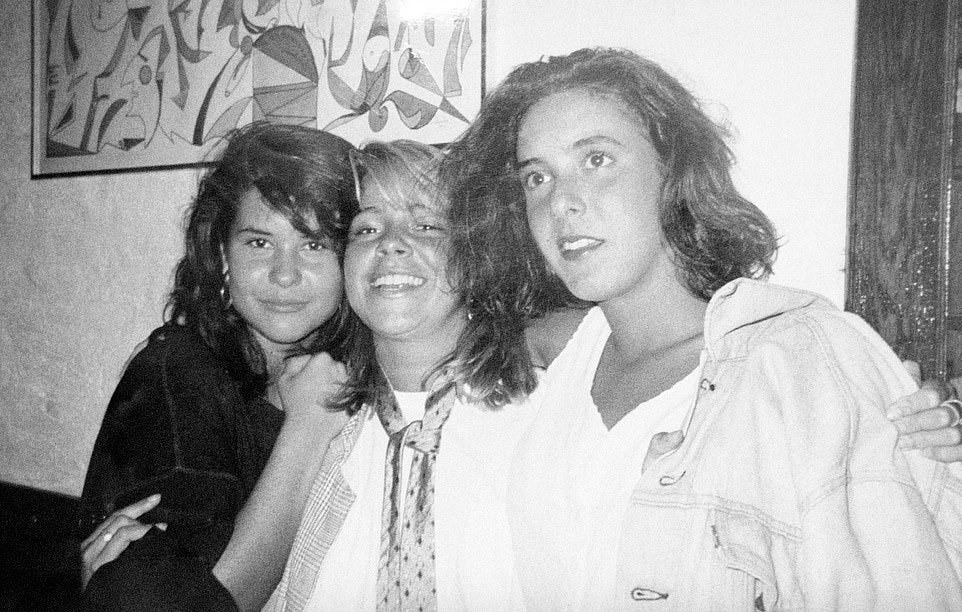
A Gorgeous Excitement by Cynthia Weiner (2025) — On the Upper East Side, the summer of 1986 simmered out with shockwaves when an early morning jogger discovered the body of a young girl covered in bruises, bra twisted over her head, on the final Tuesday in August. Writer Cynthia Weiner experienced the brutality of this event secondhand as a Chapin grad, the safety of her teenage world shattered when the cute guy in her circle, a boy whose anger bubbled below the surface, emerged as a murderer.
Weiner’s debut novel, a literary coming-of-age thriller, projects this moment, the real-life murder of Jennifer Levin at the hands of “Preppy Killer” Robert Chambers, through the prism of fiction. The narrative opens with a girl “found dead in Central Park behind the Metropolitan Museum — half-naked, legs splayed, arms flung over her head…larynx crushed,” then jumps back to June, filling in the details that lead to its dark denouement with a finer brush. As I write in my review:
A coming-of-age story a la Emma Cline’s The Girls (2016), A Gorgeous Excitement (2025) — which draws its name from Sigmund Freud’s description of the sensation spurred by cocaine — follows 18-year-old Nina Jacobs through the summer of 1986. Nina recently graduated from her all-girls private school and has one primary plan before leaving for Vanderbilt: losing her virginity to Gardner Reed. Nights at Flanagan’s — a fictionalized iteration of Dorrian’s [Red Hand] — serve as the backdrop for her pursuit, a welcome counterbalance to the bore brought on by her daytime temp jobs. She toggles between her friendships with Leigh and Meredith, childhood relics and part of the Flanagan’s crew, and Stephanie, a Long Island born-and-bred newcomer with a coke habit, all while managing her mentally ill mother…Weiner captures the contours of a bygone era, the dark mania that defined Manhattan during Reagan’s reign…The novel’s pop cultural accouterments couple with the near-constant presence of coke, with a weeks-long manic episode from Nina’s mother, to create a mood of invincibility laced with fragility.
Great Black Hope by Rob Franklin (2025) — The book of summer 2025! The Great Gatsby (1925) by way of Negroland (2015) with a dash of Bright Lights, Big City (1984) and Less Than Zero (1985)! As I write in the (forthcoming) June Book Review:
With Great Black Hope (2025), Rob Franklin delivers that rare literary fiction novel capable of balancing poetic prose with a propulsive plot. It operates in the continuum of Raven Leilani’s Luster (2020), of Aria Aber’s Good Girl (2025). Told in a close third person, Franklin’s debut opens with an arrest in Southampton at the end of summer, the detention of David Smith for cocaine possession. A Stanford graduate, Smith — referred to almost exclusively by his surname — inhabits a world of figures who flit through the upper crust of downtown Manhattan society “at bars, brunches, birthdays, holiday soirees in which black tie was optional — and, before New York, in freshman seminars and frat parties, and, before that, on teen tours or tennis camps, where they’d been acne spotted, their original forms intact.” His arrest couples with the sudden death of his close friend, Elle England, to rattle the cage of respectability politics governing a certain kind of Black bourgeoisie, a notion diced and dissected as the novel’s narrative aperture widens.
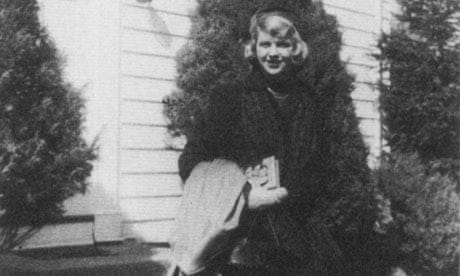
The Bell Jar by Sylvia Plath (1963) — The sole novel by poet Sylvia Plath, The Bell Jar (1963) encapsulates the ennui she experienced during her time as a guest editor at Mademoiselle Magazine, a coveted role for college-aged women later filled by writers from Joan Didion to Diane Oliver. The novel follows 19-year-old Esther Greenwood, a Massachusetts teenager awarded a prestigious internship at Ladies’ Day Magazine. Plath’s autofictional avatar sulks through summer in New York. Like A Gorgeous Excitement’s Nina Jacobs, Esther views her virginity as an albatross to shed, spurring a series of incidents that shroud her in depression and haunt her return to Massachusetts. As Robert Scholes writes in his 1971 review for The New York Times, “The kind of book Salinger’s Franny might have written about herself 10 years later, if she had spent those 10 years in Hell…Esther Greenwood’s account of her year in the bell jar is as clear and readable as it is witty and disturbing.”
The Barbizon: The Hotel That Set Women Free by Pauline Bren (2021) — This nonfiction book from historian Pauline Bren dives into the history of The Barbizon, the residential hotel on the Upper East Side that housed the likes of not only Joan Didion, Diane Oliver, and Sylvia Plath, but also Grace Kelly, Joan Crawford, Tippi Hedren, Liza Minnelli, and Ali MacGraw. Fictionalized as “The Amazon” in The Bell Jar, it operated as a women-only residential hotel, an incubator for women’s ambition in the 20th century, from 1927 to 1981.
In The Barbizon: The Hotel That Set Women Free (2021), Bren memorializes that social history. She tells The Guardian: “It was exciting that there was this vessel through which I could tell multiple stories. The idea that there was a place where remarkable — and also not so remarkable — women went to find a safe, respectable, and glamorous roof over their heads was fascinating. I certainly feel a nostalgia for this kind of New York.”
Upcoming Content to Consume
First things first, in the May Movie Review, I mentioned that No Other Land (2024) currently has no major U.S. distributor, making it difficult to watch now that its months-long run at Film Forum has wrapped. But, in July, the Oscar-winning documentary will play at Roxy Cinema in New York and Lumiere Cinema at the Music Hall in LA, so subscribers on both coasts have a chance to see it!
Second, New Yorkers can catch the final days of the Before trilogy at IFC Center through 7.3, and The Paris Theater has some straggler screenings from its Hitchcock series carrying into this week.
Finally, The Criterion Channel has a new series for July, titled Summer Romances. It features some of my seasonal favorites, including A Place in the Sun (1951), Roman Holiday (1953), Summertime (1955), and Gidget (1959).
Now, here’s what else is on in July:
Vista Hollywood: Scream 2 (1997) (Dates: 7.4-7.5) — The Vista has selected Scream 2 (1997) as its late-show screening for Fourth of July weekend. In case you missed The Month When I Watched and Reviewed the Entire Scream Franchise, Scream 2 picks up a few years after the first film, with the surviving characters in college. Wes Craven satirizes the tropes associated with sequels without hollowing out the movie’s emotional core, resulting in a round two just as fun as the original.
Film Forum: Hearts of Darkness: A Filmmaker’s Apocalypse (1991) (Dates: 7.4-7.17) — Before the mess of Megalopolis (2024) came Apocalypse Now (1979)! If you’ve been here a minute, you know I’m fascinated by the mess that was the making of Francis Ford Coppola’s Vietnam War epic.
As I write in the January 2024 newsletter: “Okay, so the year is 1977, and Francis Ford Coppola is not okay. His wife has just found out he’s carrying on two (!!) extramarital affairs (one of which is with Melissa Mathison, future wife of Harrison Ford and screenwriter of E.T. (1982)), and Apocalypse Now, his Vietnam War film based on Joseph Conrad’s 1899 novella, Heart of Darkness, has hit over 200 days of filming. His budget is maxxed out, with his long-limping production company, American Zoetrope, on the line. And yet he goes on to deliver a ‘work in progress’ cut of the film to critical acclaim at the 1979 Cannes Film Festival, taking home the Palme d'Or. But first comes an on-set heart attack, a typhoon, and Marlon Brando being Marlon Brando.”
In 1991, Fax Bahr, George Hickenlooper, and Coppola’s wife, Eleanor, came together to create a documentary about this disastrous production process. Now, a new 4K restoration of it will screen at Film Forum, featuring a bespoke introduction from Francis Ford and Sofia Coppola. London-based subscribers can catch this one at Princes Charles Cinema as well!
New Beverly Cinema: Mr. Smith Goes to Washington (1939) (Dates: 7.5-7.6) — A timely matinee choice from The New Bev! This classic stars Jimmy Stewart as Jefferson Smith, a small town senator out of his depths in the snake pit of Washington. To quote Pauline Kael: “No one else can balance the ups and downs of wistful sentiment and corny humor the way Capra can — but if anyone else should learn to, kill him.”
The Paris Theater: Raging Bull (1980) (Dates: 7.5-7.9) — The Paris Theater recently announced “Knockout: A Cinematic Celebration of the Sweet Science,” a new series dedicated to boxing (stay with me lol) that will include screenings of an all-time Martin Scorsese x Robert De Niro collab: Raging Bull (1980). Shot in black and white, the film chronicles the ascent of real-life boxer Jake LaMotta, whose unhinged anger consumes his marriage, friendships, and career. Raging Bull chronicles the course of an abusive man constructing his own cage, what Roger Ebert calls “the most painful and heartrending portrait of jealousy in the cinema — an Othello for our times.”
Film Forum: Shadows (1959) in 35mm (Date: 7.7) — A reminder that John Cassavetes was once a beginner! For one night only, Film Forum will screen the legendary director’s first feature, which focuses on race relations in Beat Generation New York, with an introduction from author and restorationist Josh Lipman. Shot in Greenwich Village clubs and subway stations, the 90-minute movie has an improvisational style that prefigures the aesthetic of New Hollywood that would come to dominate screens a decade later.
McNally Jackson Seaport: Barbarian Days (2015) 10th Anniversary (Date: 7.10) — This memoir chronicling writer William Finnegan’s lifelong love of surfing has sat on my bookshelf for years — and celebrates its tenth anniversary this month! To honor the occasion, Finnegan will join Slate features writer Alexander Sammon to discuss the book, described by McNally Jackson as “an old-school adventure story, an intellectual autobiography, a social history, a literary road movie, and an extraordinary exploration of the gradual mastering of an exacting, little-understood art.”
New Beverly Cinema: Gaslight (1944) (Dates: 7.15-7.16) — LA-based subscribers, catch Ingrid Bergman at her zenith in George Cukor’s Gaslight (1944)! As Hunter Harris puts it in her October 2023 movie round-up: “Ingrid Bergman ate down in this movie. Y’all are not touching her in Gaslight — what a visceral performance of a woman weighed down by anxiety and delusion, love, and grief.”
The film, from which the term “gaslighting” originates, centers on Paula Alquist (played by Bergman) as she moves back into the London townhouse where she found her aunt murdered years earlier, now accompanied by her new husband, Gregory (played by Charles Boyer). As I write in my review of the film: “After training to become an opera singer in Italy solo, followed by a two-week whirlwind romance, Paula hopes to make a fresh start. But soon, night after night, she begins hearing knocking in the walls, seeing the gas lighting dim throughout the house. When her experience differs from Gregory’s, Paula begins to question her grip on reality.” My king, Joseph Cotten, and Angela Lansbury (in her first-ever film role!) also star.
The New Bev will screen Gaslight in a double feature alongside Diabolique (1955) for two consecutive nights. Per the site, the French film from Henri-Georges Clouzot tells “the story of two women — the fragile wife and the willful mistress of the sadistic headmaster of a boys’ boarding school — who hatch a daring revenge plot. With its unprecedented narrative twists and terrifying images, Diabolique is a heart-grabbing benchmark in horror filmmaking, featuring outstanding performances by Simone Signoret, Véra Clouzot, and Paul Meurisse.” You can check out more details here!
Film Forum’s “Kurosawa in 4K” Series (Opening Date: 7.18) — An ode to Japanese filmmaker Akira Kurosawa, this nine-film festival features “some of the most influential titles by the legendary director, spanning genres from samurai epic to gritty Noir. All 4K restorations were undertaken by Toho Co., Ltd. in Japan, with many being shown in the U.S. for the first time,” per Film Forum. You can see the schedule and showtimes here!
Film at Lincoln Center’s “Gene Hackman: A Week with the Gene Genie” Series (Dates: 7.25-7.31) — Later this month, Film at Lincoln Center will mount a one-week series dedicated to the late great Gene Hackman, known for his decades-long career of seminal performances in films from Bonnie and Clyde (1967) to The Conversation (1974) to The Royal Tenenbaums (2001). Weird that The Birdcage (1996) isn’t included, but okay!
The Paris Theater’s “The Wonders of Technicolor” Series (Timing: Ongoing in July) — July marks the kickoff of a new series at The Paris Theater dedicated to the use of technicolor in film, which shaped the palette of classics from The Wizard of Oz (1939) to Gentlemen Prefer Blondes (1953) to Willy Wonka and the Chocolate Factory (1971) across decades.
Per The Paris Theater’s site: “Introduced in the 1930s, Technicolor IV became the prevailing color technology choice for Hollywood productions through the mid-1950s. The influential process came to define the look of studio pictures thanks to its crisp images and vibrancy. Technicolor and its color consultants advised on all aspects of production, from costume design to art direction and cinematography. Even later pictures shot on color film stocks such as Eastman, including Vertigo (1958) and Cabaret (1972), would often be printed in glorious Technicolor. This screening series, programmed to accompany The Academy Museum’s Los Angeles exhibition Color in Motion: Chromatic Explorations of Cinema, celebrates the vibrant and indelible impact of Technicolor on Hollywood productions and audiences.”
Programmed in partnership with The Academy Museum of Motion Pictures, the line-up includes Fantasia (1940), An American in Paris (1951), The Red Shoes (1948), The Black Pirate (1926), and The Women (1939), in addition to those films mentioned above. You can check out the full line-up, which runs into August, here!
Miscellaneous Musings
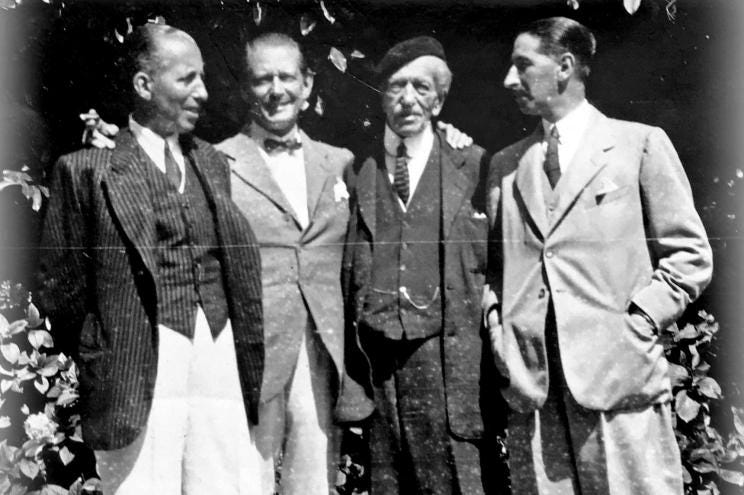
Cartier at The Victoria and Albert Museum — Last weekend, I had the pleasure of seeing Cartier at The Victoria and Albert Museum in London. Louis-François Cartier founded the brand in 1847 before passing the reins to his son, Alfred, in 1874. Alfred’s sons — Jacques, Louis, and Pierre — then turned it into a worldwide sensation, opening ateliers in London, Paris, and New York and collaborating with royalty ranging from monarchs to socialites to actors. The V&A’s exhibition traces the iconic jeweler’s early-days influence — and how it has evolved to stay relevant since the turn of the 20th century.
The initial room reflects an early-days fixation with far-off cultures, borderline appropriative designs drawing on the aesthetics of Iran, Japan, Russia, and, of course, India, then part of the British empire. As it grows, Cartier moves away from colonialist copies and toward genuine collaboration. For instance, one of my favorite pieces featured stems from a commission made by María Félix, a Mexican actress who dominated Latin American screens throughout the 1940s and 1950s. In 1968, she worked with Cartier to design a necklace that adopts the shape of a snake, with the diamonds on its underbelly chosen to match the colors of the Mexican flag.
High-profile loans to society figures generated buzz around Cartier for decades, necessitating an adjustment in advertising with the rise of cinema. On-screen sightings helped usher and sustain Cartier into a new era, a notion the V&A underscores through clips of pieces appearing in films from the 1920s through the 2010s. My two favorite sequences show Gloria Swanson in Sunset Boulevard (1950) and Grace Kelly in High Society (1956). Swanson wears a set of her own bracelets on screen, while Kelly fiddles with her real-life engagement ring in her final film role before marriage and Monaco; for V&A visitors, both pieces sparkle in the adjacent case.
Air Mail Announces New Literary Prizes Named for Tom Wolfe — Last month, Air Mail announced the launch of the Tom Wolfe Prizes for Fiction and Reportage, presented in partnership with Montblanc.
As the site explains: “The prizes are named after Tom Wolfe, the vanguard of New Journalism — and devotee of the Montblanc Meisterstück pen — whose wryness, imagination, and flair make his name a byword for the best that fiction and nonfiction writing have to offer…The winners will be chosen by a nominating committee to be announced soon, and each prize will be accompanied by a $10,000 honorarium to put toward furthering their craft.”
Air Mail readers can submit suggestions via email to litprize@airmail.news. Winners will get announced this fall, with a celebration dinner at The Waverly Inn to follow.
Reading Retreats with PAGE BREAK — I kicked off June with the pleasure of experiencing PAGE BREAK, a newish weekend reading retreat in New York founded by Mikey Friedman, and had the best time. You head to a beautiful bucolic spot, the exact location rotating each month, and read a contemporary literary fiction novel aloud with a group of 15 people over the course of a weekend. Shawn Cremer from Scremes Report previously wrote a beautiful piece on his experience attending a past PAGE BREAK.
For the June retreat, we read one of this month’s Content Corner book recommendations, Rob Franklin’s debut, Great Black Hope (2025). The format of the weekend, from reading aloud to frequent group discussion, heightened my attention to — and connection with — the story and prose. Plus, Franklin joined us for a Q&A and book-inspired dinner, a custom five-course meal crafted by a local chef, on Saturday. 11/10 would recommend!
Which Book Should You Read This Summer? — Speaking of Rob Franklin, The New York Times launched a fun little quiz that helps pick your next summer read based on four questions. It yields Great Black Hope (2025) as one of the options, but only if you express a preference for plot over prose, a fascinating notion considering that novel, to me, operates first and foremost as a poet’s literary fiction debut. Anyway, take (with a grain of salt), discuss with your friends, and enjoy!
The New York Times’ 100 Best Movies of the 21st Century — And speaking of lists from The New York Times, ICYMI, the publication recently ran a list of the 100 best movies of the 21st century, as selected by over 500 film industry insiders. Voters included Oscar-winning directors like Pedro Almodóvar, Sofia Coppola, and Guillermo del Toro, as well as actors like Mikey Madison and Julianne Moore. You can see all 100 — and get a sense of how many you’ve watched — here! (As someone with an affinity for older movies, I personally have a lot of work to do.)
Supplemental Reading
As always, don’t forget to use archive.ph if you can’t access these pieces or any of the ones throughout my Substack!
Cultured Mag: What Makes a Great Summer Party Novel? Author Rob Franklin Breaks It Down
ELLE: The New Must-Have It Bag? A Tote That Holds a Book (and Little Else)
WNYC’s All of It: The IFC Center Celebrates 20 Years
Air Mail: The Real Jay Gatsby
The New Yorker: A.I. Is Homogenizing Our Thoughts
Criterion: I’ll Be Your Mirror: Megan Abbott Talks with William Horberg About Ripley on Film
Social Media Round-Up
A section aggregating tweets, TikToks, Notes, etc. that made me laugh, smile, etc. in the past month:
Cocktail of the Month
Mix up a New York original to beat the July heat with the…
Australian bartender and Attaboy co-owner Sam Ross created this drink at Milk & Honey, the Lower East Side lounge that revived the city’s speakeasy trend, back in 2005. To make it, muddle two to three slices of fresh ginger in a cocktail shaker. Add ice, followed by three quarters of an ounce each of fresh lemon juice and honey syrup, then two ounces of blended scotch whisky.
Shake and double strain the drink into an ice-filled rocks glass. Float a quarter ounce of single-malt scotch whisky on top, garnish with candied ginger, and enjoy!
More to come!
xo,
Najet


